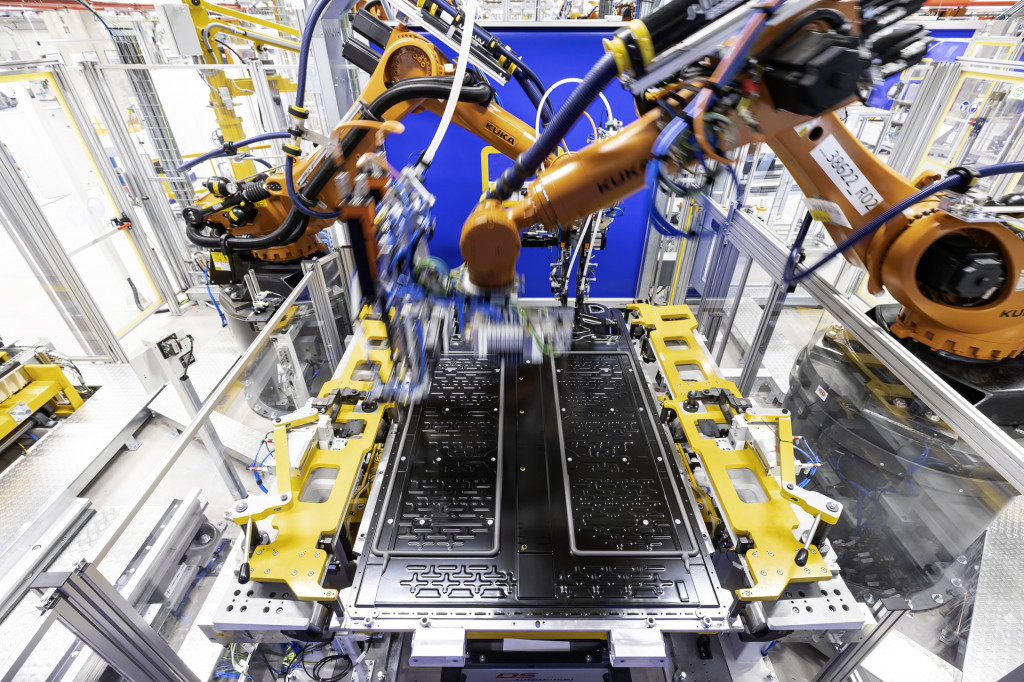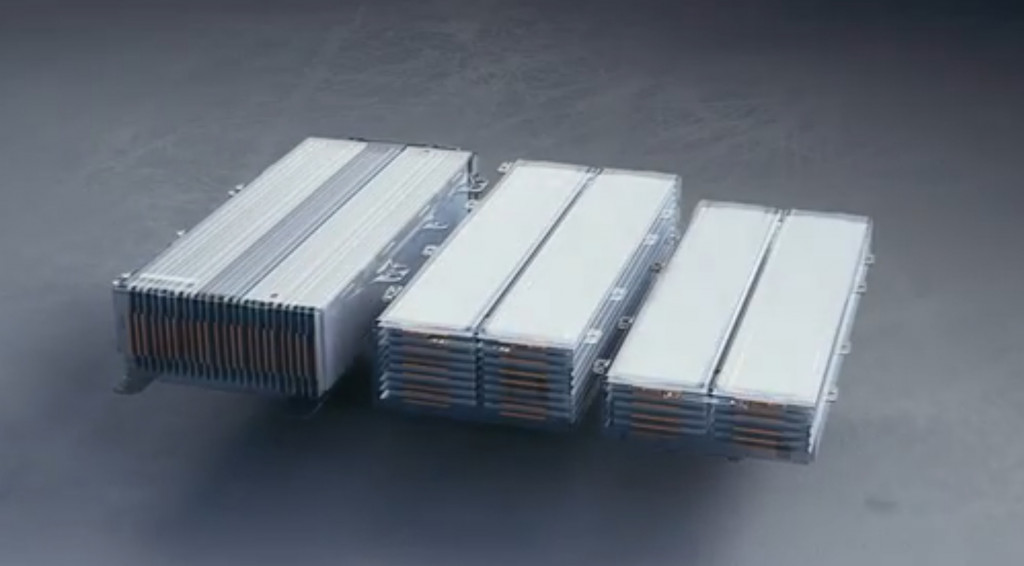Researchers at the Department of Energy's SLAC National Accelerator Laboratory and Stanford University claim to have found a method to "revitalize" lithium-ion batteries, potentially extending their useful lifespan by nearly 30%.
The research points to a novel way to slow battery degradation. As lithium-ion batteries rack up charge/discharge cycles, they accumulate "islands" of lithium that are cut off from the electrodes, and thus aren't contributing to energy storage, researchers explained in a study published December 22 in the journal Nature.
Researchers found that these bits of lithium could be moved back toward the electrodes, reestablishing an electrical connection and allowing that lithium to continue to be used.

Battery production at Mercedes-Benz's plant in Hedelfingen, Germany
In a test cell with a lithium-nickel-manganese-cobalt oxide (NMC) cathode and and lithium anode, the isolated lithium moved along with battery cycles, according to the study. When charging the cell the lithium moved toward the cathode. When discharging, it moved toward the anode. With enough movement, it would eventually touch the anode and reconnect.
Adding a high-current discharge step to the charging protocol achieved the necessary movement, Stanford postdoctoral fellow and lead author of the study Fang Liu said in a statement. That points to a way to extend battery lifespans by modifying the charging protocol, and also has implications for the development of lithium-metal batteries, she said.
However, promising laboratory research doesn't necessarily translate to the real world. For example, any battery companies adopting such a strategy would of course have to prove that it doesn't increase the chances of a battery fire.

GM Ultium battery - cell stacking
Whether reattaching lithium "islands" proves to be a viable solution or not, battery degradation is getting more attention as EV production ramps up.
In 2021 the California Air Resources Board (CARB) proposed degradation limits that would require all 2026-and-later battery-electric vehicles sold in the state to be designed to maintain 80% of their certified range for 15 years or 150,000 miles.
Automakers are also beginning to set their own robust durability targets. Toyota is aiming for just 10% degradation in 10 years, while Rivian is offering a particularly good warranty against degradation.












